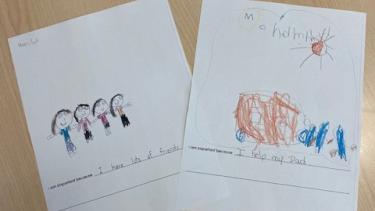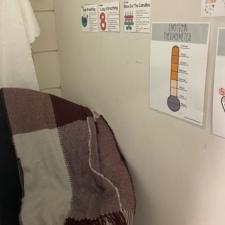
Equipping Students with Essential Life Skills Through Social-Emotional Learning
As you walk through schools in Abbotsford, you might notice various activities that highlight social-emotional learning:
- A kindergarten class identifying and drawing what makes them important.
- Middle school students taking a moment to focus on their breathing.
- A secondary shop teacher discussing mental health and well-being with students.
- A grade three classroom featuring an area designated for student self-regulation.
- A middle school teacher greeting students by name as they arrive.
- A discussion in a secondary careers class about managing workplace stress.
What do these examples have in common? They all reflect the deliberate efforts of educators in Abbotsford to integrate social-emotional learning into their classrooms. With an emphasis on self-awareness, self-management, social awareness, relationship skills, and responsible decision-making, these educators are weaving social-emotional strategies throughout the curriculum.
One secondary educator utilizes resources from HealthyMinds BC Home - HealthyMindsBC to help students cope with public-speaking anxiety, tackle procrastination, and confront their fears. After completing the online EASE (Everyday Anxiety Strategies for Educators) training, he remarked on the effectiveness of these resources in equipping his students with strategies to remain calm, alert, and ready to learn.
A middle school teacher introduces mindfulness exercises to help students manage intense emotions and stress, empowering them to recognize their personal stressors and respond intentionally.
Gurleen Grewal, a Grade 2/3 teacher at Centennial Park, has established a "quiet corner" in her classroom for students to use when they need to regulate their emotions. “It took $15 and half an hour to set up,” she explains, “and after teaching the students how to use it, we now have fewer disruptions throughout the day, allowing us to focus more on learning.” With some guidance on the space’s purpose, students can independently use the quiet area and utilize visual aids to help them prepare to learn.
By creating supportive environments and implementing practical strategies, educators are not only addressing the emotional well-being of their students but also equipping them with essential life skills. As students learn to manage their emotions, build relationships, and navigate challenges, they are better prepared to succeed both academically and personally.

